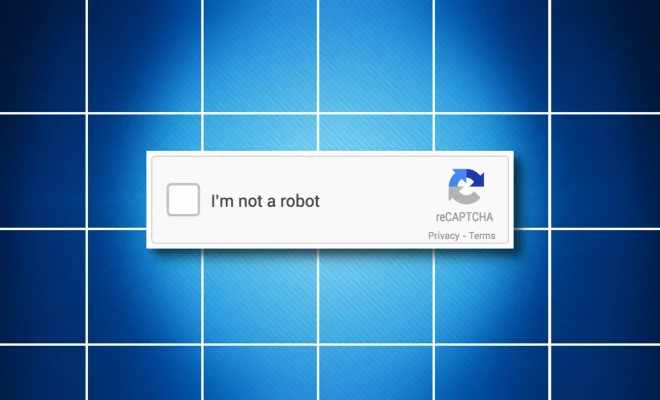Why Do I Have to Prove I’m Not a Robot?

In the digital age, the internet is an indispensable tool for communication, entertainment, and business transactions. However, with this convenience comes a new challenge – the need to prove that you’re not a robot. Captchas, those pesky security features that require you to verify that you’re human, are a common sight on many websites. But why is it necessary to prove that you’re not a robot? In this article, we’ll explore the reasons why we have to prove that we’re not robots, and the technology behind the process.
Captchas – What are they?
Before we get into why we have to prove we’re not robots, let’s first define what a captcha is. A captcha is a security feature that is designed to protect websites from automated bots. They are typically used to prevent spam, hacking attempts, and other malicious activities. Captchas are usually a series of distorted characters, images, or puzzles that the user needs to solve correctly, to prove that they are human.
Why do we have to prove we’re not robots?
The internet has become a hotbed for security breaches, and automated bots are often the culprits. Bots can be used for a variety of malicious purposes – from spamming websites with unsolicited ads, to stealing sensitive information from unsuspecting users. Captchas are designed to protect websites from these attacks by validating that the user is human and not a bot. They ensure that the person accessing the page is a real human being.
Types of Captchas:
There are several types of captchas that vary in complexity and user experience. Let’s look at some examples.
– Text-based captchas: These are the most common types of captchas that require users to identify and transcribe text from an image. The text is typically distorted to make it difficult for bots to decipher.
– Image-based captchas: These captchas require users to select specific images that match a particular description. For example, “Select all the images with cars.”
– Audio-based captchas: These captchas play a distorted audio file that users need to transcribe.
– Behaviour-based captchas: These bots don’t require input from the user, rather they study the user’s mouse movement, keyboard inputs, and other behaviors to determine if the user is human or not.
The captcha technology:
The captcha technology is constantly evolving and becoming more sophisticated. With advancements in artificial intelligence and machine learning, it’s becoming harder for bots to bypass the security measures. Today, many websites use “invisible” captchas, which are designed to prevent bots from even accessing the site. These captchas use behavioral analysis to determine if the user is a bot, based on factors such as mouse movements and keystrokes.





